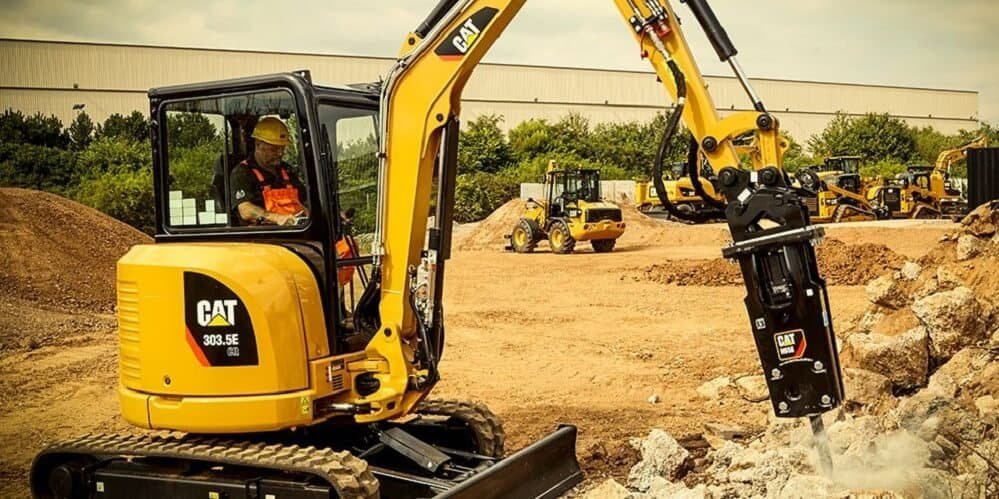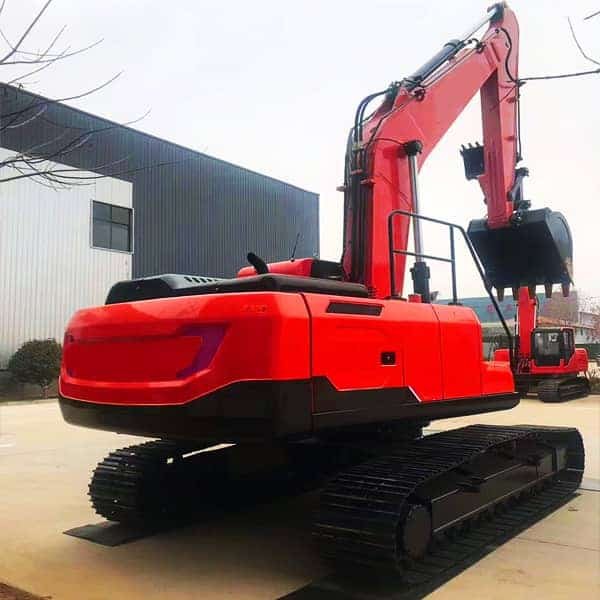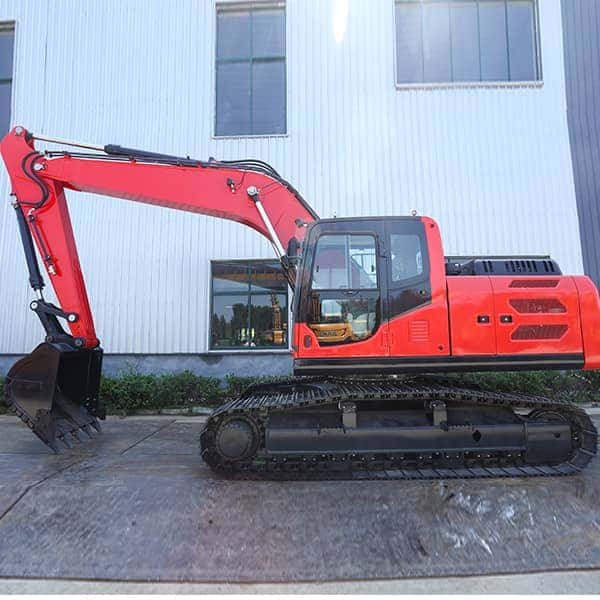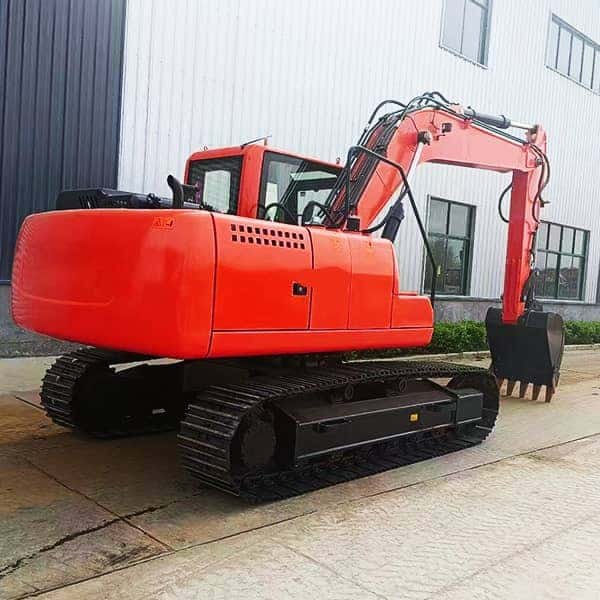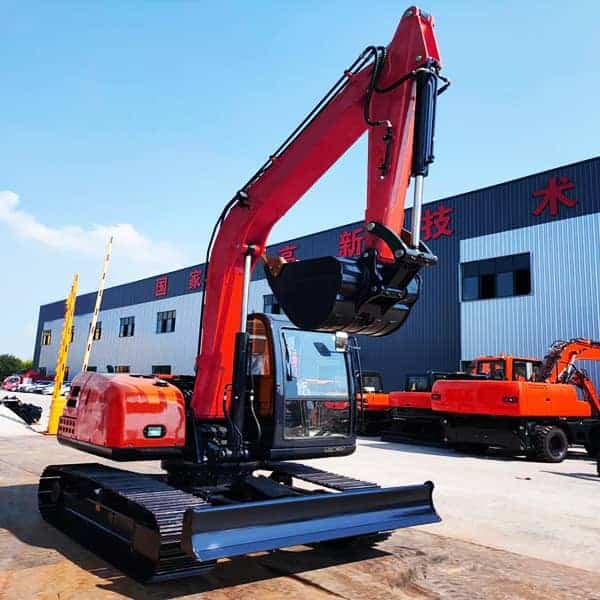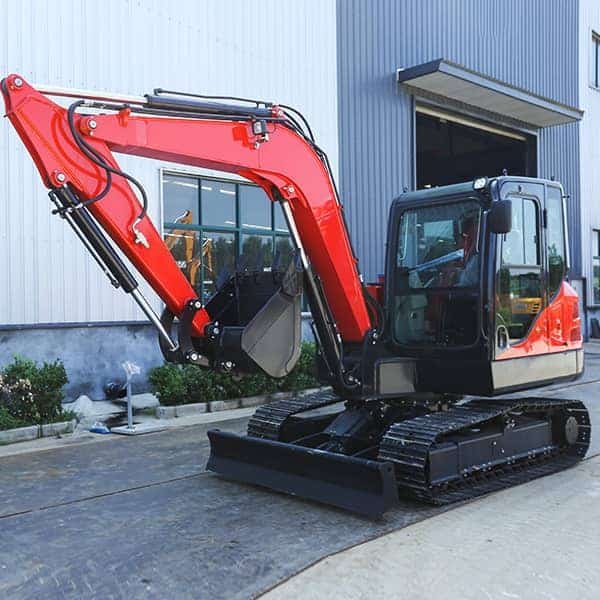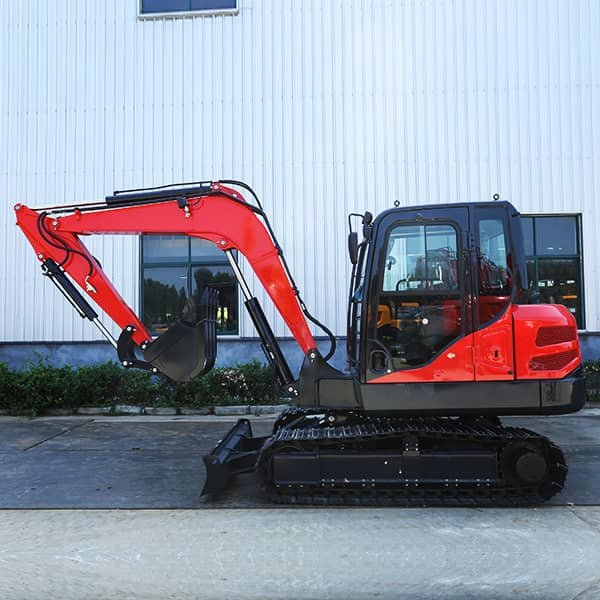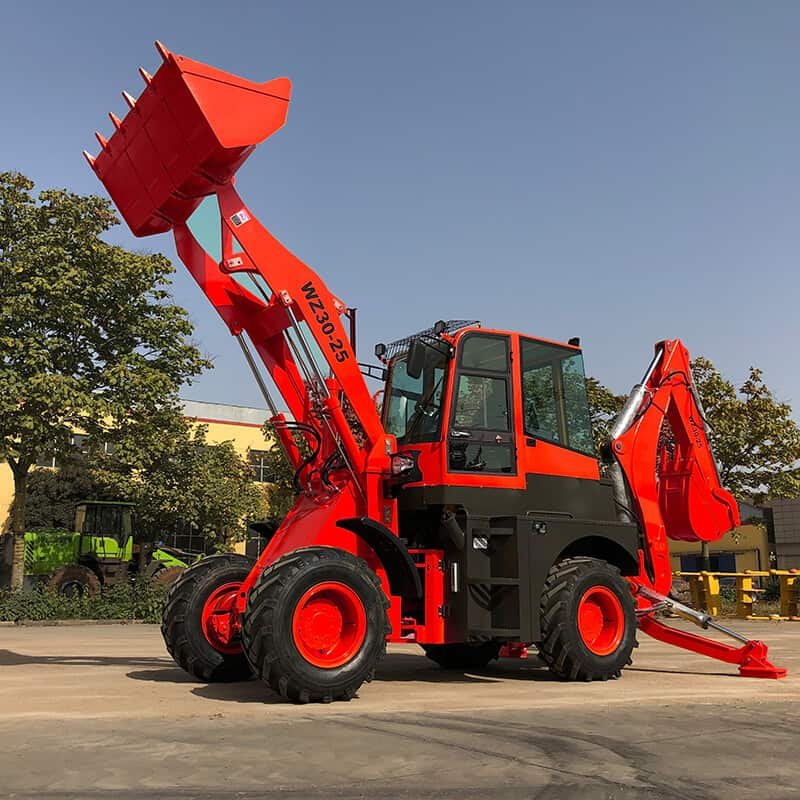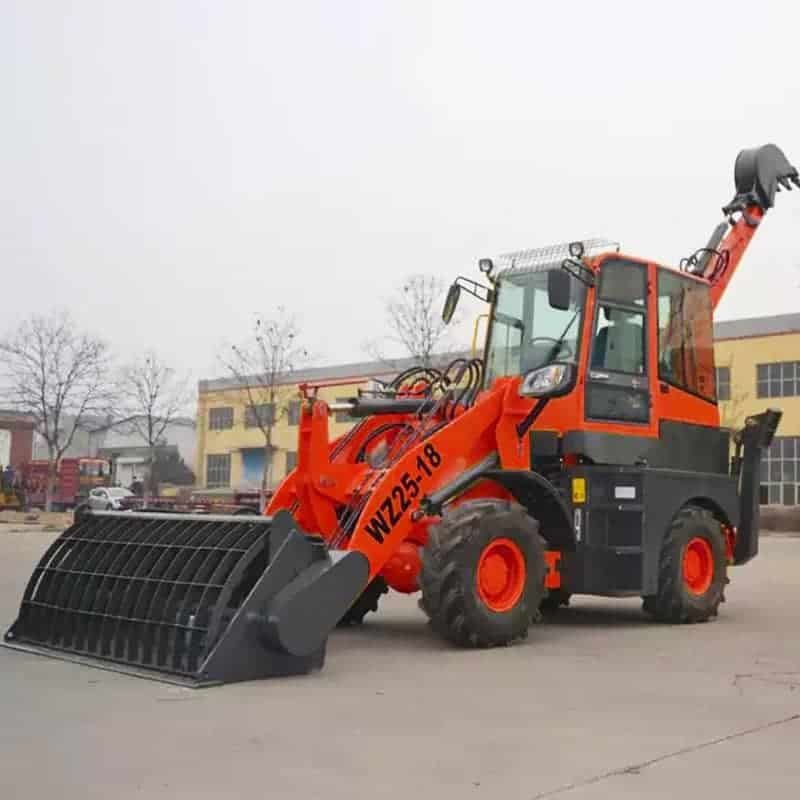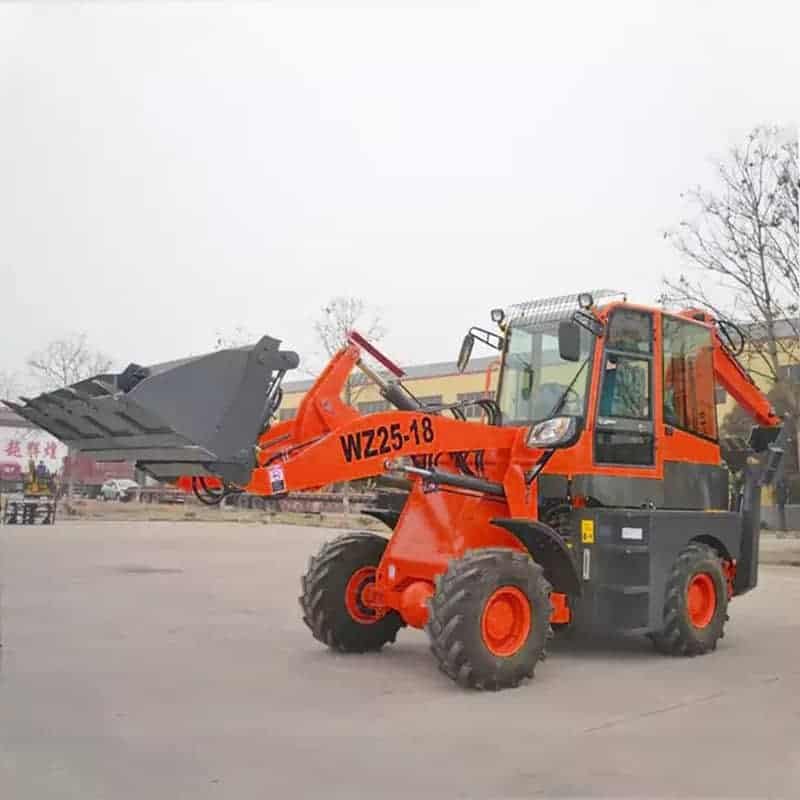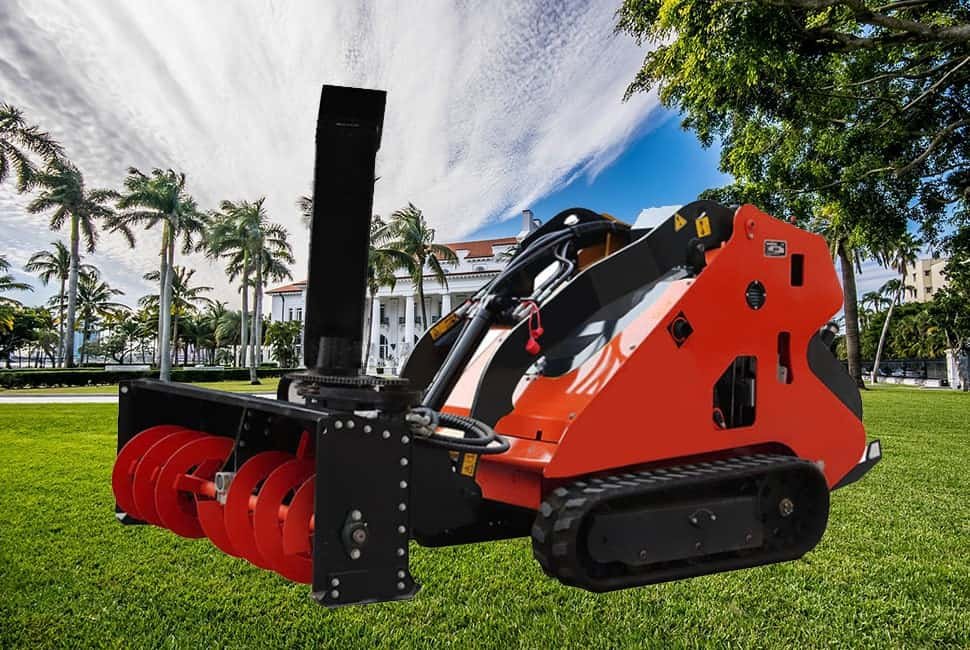Introduction
Mini excavators and midi-excavators are like the superheroes of construction sites, and today, we’re here to help you become a mini and midi excavator detective! These mighty machines come in different sizes and have specific jobs they’re great at.
Imagine using a giant crane for a job that needs a tiny, precise touch – that wouldn’t work, right? That’s why knowing how to tell these machines apart is super important.
This guide will teach you to identify mini and midi excavator, even if you’ve never seen one up close. We’ll break down their sizes, shapes, and what they’re used for. Plus, we’ll talk about staying safe around these powerful tools and ensuring they’re well taken care of. So, let’s dive in and become mini and midi excavator experts!
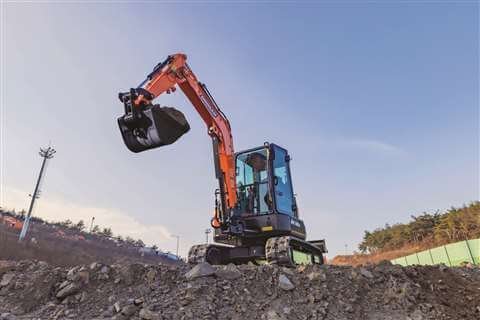
Midi Excavator Vs Mini Excavator: Understanding Excavator Types
Categorization of Excavators
Excavators come in different sizes and fall into two main categories: mini excavators and midi excavators.
Mini Excavators
Think of mini excavators as the “small but mighty” members of the excavator family. They are compact and lightweight, making them perfect for tight spaces and smaller jobs. Mini excavators are like the go-karts of construction equipment. They’re typically less than 6 tons in weight, making them easy to transport and manoeuvre.
Midi Excavator
Conversely, mid-excavators are a bit bigger than mini excavators but not as massive as full-sized ones. They are like the middle-ground option, offering more power and reach than mini excavators while still being versatile. Midi-excavators are generally between 6 and 10 tons, giving them a balance of strength and agility.
Key Differences Between a Mini Excavator and a Midi Excavator
Focus on a few key differences to tell mini excavators and midi excavators apart.
Size and Weight
Mini excavators are tiny compared to midi excavators. Mini ones fit into tight spaces, while midi excavators are a bit bulkier but still manageable. The weight of these machines is a significant giveaway, with mini excavators being much lighter.
Engine Power
Think of engine power as the heart of these machines. Mini excavators have smaller engines, while midi excavators have beefier ones. The more powerful engine in midi-excavators allows them to handle larger tasks.
Usage and Applications
Mini excavators are like the precision tools of construction. They’re excellent for tasks like digging trenches or landscaping in small areas. Midi-excavators, with their extra power and reach, are better suited for bigger jobs like digging foundations or moving heavier materials.
Cost Considerations
Cost-wise, mini excavators are usually more budget-friendly because they’re smaller and have less power. Midi-excavators, with their extra features, tend to be pricier.
Understanding these differences is like having a secret code to decipher which excavator is right for the job, making you a construction equipment pro!
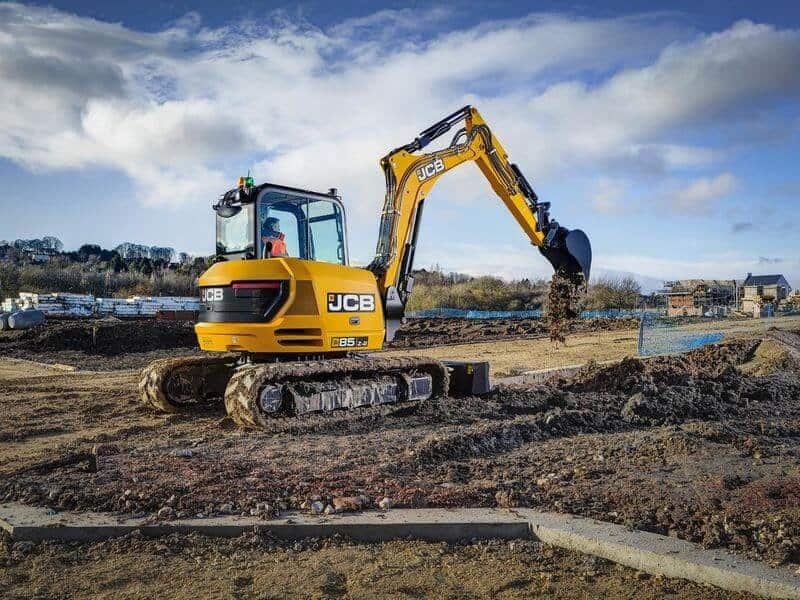
Identifying Mini Excavators
Physical Characteristics
Compact Size
Mini excavators are like the small cars of the construction world. They’re not big and bulky; they’re more like little smart cars that can easily fit into tight spaces. This makes them ideal for working in small areas, like your backyard.
Weight Range
These machines are not heavyweights; they’re quite light compared to their bigger cousins. Most mini excavators weigh less than 6 tons, about as heavy as a couple of small cars combined. Their lightness makes them easy to transport from one job site to another.
Bucket Size
The bucket on a mini excavator is like a tiny scoop. It’s smaller than the buckets on larger machines and is great for precise digging, like using a small spoon instead of a big one when eating dessert.
Engine and Hydraulic Systems
Engine Types
Mini excavators have smaller engines, similar to what you’d find in a compact car. These engines provide just the right amount of power for their size, helping them do their job efficiently without using too much fuel.
Hydraulic System Capacity
Think of the hydraulic system as the muscles of the mini excavator. While it’s not as strong as the muscles in a bigger excavator, it’s perfectly suited for the lighter tasks that mini excavators are designed for.
Attachments and Accessories
Buckets
Mini excavators can wear different-sized buckets, just like changing the attachments on a vacuum cleaner. You can switch to the right bucket for the task you’re working on, whether digging, scooping, or lifting.
Quick Couplers
Quick couplers are like the connectors that let you change the heads on your electric toothbrush. They allow you to quickly switch between different tools or attachments on your mini excavator, saving time and effort.
Thumb Attachments
Think of thumb attachments as an extra hand for your mini excavator’s bucket. They help you grab and hold onto things, making tasks like picking up rocks or logs much easier.
Manufacturer and Model Identification
Popular Mini Excavator Brands
Some well-known mini excavator brands include Kubota, Bobcat, and Caterpillar. These brands are known for making reliable and durable machines that get the job done.
Model Number Decoding
Each mini excavator has a model number, similar to your phone or computer has a model name. Deciphering this number can tell you important details about the machine, like its size, features, and when it was made. It’s like reading the label on a product to understand what’s inside.
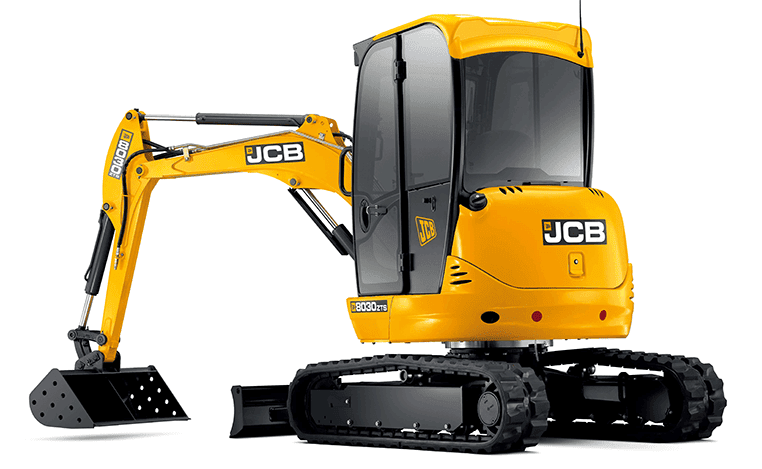
Recognizing Midi Excavator
Physical Characteristics Of a Midi Excavator
Medium-Size Profile
Midi-excavators are like the Goldilocks of excavators – not too big, not too small, just right. They’re larger than mini excavators but not as massive as the biggest ones, making them a great middle-ground option.
Weight Range
These machines typically weigh between 6 and 10 tons, like having a few cars on your construction site. This weight gives them the stability and strength needed for various tasks.
Boom Length
The arm on a midi-excavator is longer than that of a mini excavator, which means it can reach out further to get the job done.
Engine and Hydraulic Systems Of a Midi Excavator
Engine Power
Midi-excavators have more powerful engines compared to mini excavators. Think of it as having a bigger car engine – it can handle heavier loads and tougher jobs.
Hydraulic System Features
Their hydraulic systems are designed to handle a wider range of attachments and heavier lifting, like a versatile toolset with extra strength.
Attachments and Accessories
Grading Blades
These are like the precision knives of construction. Grading blades help make the ground perfectly flat and smooth for things like roads and foundations.
Tilt Rotators
Think of these as super-flexible wrists for the excavator’s arm. They allow the bucket to tilt and rotate, making it easier to reach tricky spots.
Augers
Augers are like giant drill bits that can dig deep holes. They’re used for tasks like planting trees or setting up poles.
Manufacturer and Model Identification
Reputable Midi-Excavator Manufacturers
Trustworthy brands like Komatsu, Hyundai, and JCB are known for making reliable midi-excavators.
Deciphering Model Codes
Like reading the model number on your phone, understanding the model code on a midi-excavator helps you determine its size and features. It’s like having a cheat code to understand the machine better.
Assessing Your Excavation Needs
Determining Your Project Scope
Start by figuring out what exactly you need the excavator for. Is it a small backyard landscaping project or a larger construction job? Knowing the scope helps you choose the right size and power.
Mini vs. Midi: Which Is Right for You?
Decide whether a mini or mid-excavator is a better fit, depending on your project. Mini excavators are great for smaller tasks, while midi excavators handle medium-sized jobs.
Budget Considerations
Consider your budget. Mini excavators are usually cheaper to rent or buy than midi excavators, so make sure they align with your finances.
Rental vs. Purchase
Think about whether you want to rent or buy the excavator. Renting can be cost-effective for short-term projects while purchasing might be better for long-term use.
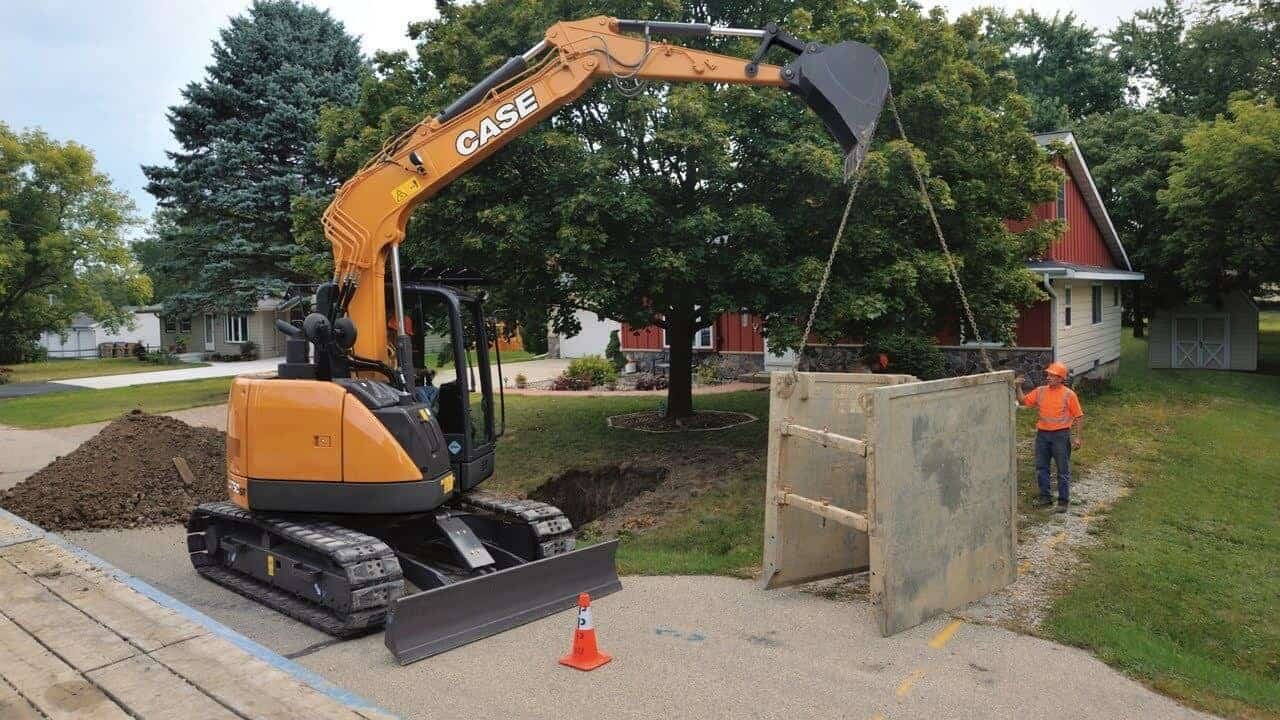
Maintenance and Care
General Excavator Maintenance Tips
Taking good care of any excavator is important. Check the engine oil and hydraulic fluid, and make sure the moving parts are greased up. Keep the air filters clean, and look at the tracks or tires to see if they’re wearing out. A well-kept excavator lasts longer and does its job better.
Mini Excavator Maintenance
Mini excavators have smaller parts and engines. Change the oil and filters as the manual says, and make sure the small tracks are in good shape. Oil the joints and make sure the extra tools are securely attached.
Midi-Excavator Maintenance
Midi-excavators have bigger engines and hydraulic systems. Change the oil, swap the filters, and check the hydraulic fluid often. Look at the bottom part and the extra tools to see if everything’s okay.
Importance of Regular Inspections
Checking your excavator often helps you catch problems early before they get worse and more expensive. It’s like going to the doctor for check-ups to stay healthy – a little maintenance helps your machine stay in good shape.
Safety Precautions
Excavator Safety Basics
Before using any excavator, it’s vital to know some safety basics. Always wear a seatbelt in the operator’s seat, and never allow anyone to stand near the moving parts. Keep a safe distance from the excavation area, and ensure the machine is on stable ground to prevent tipping.
Mini Excavator Safety
When operating a mini excavator, pay extra attention to the machine’s small size. Watch out for low-hanging branches or power lines, and be cautious when working on slopes. Keep bystanders away, as the compact size might make it harder for them to spot the machine.
Midi-Excavator Safety
Midi-excavators are larger, so maintain a safe distance from the machine and any potential hazards. Be aware of the longer reach of the arm and the machine’s weight.
Operator Training
Proper training is crucial for safe operation. Learn to control the excavator, understand its limits, and follow safety guidelines. Operator training, like learning to drive, ensures you can use the excavator safely and effectively.
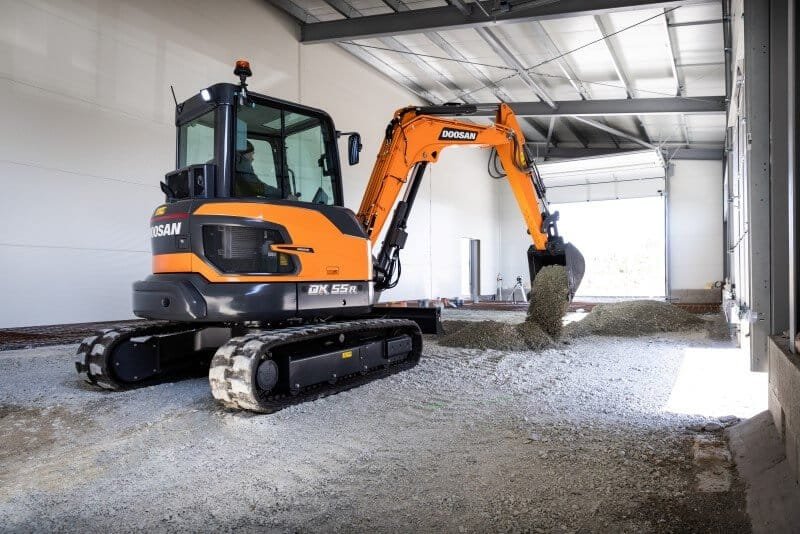
Midi Excavator vs. Mini Excavator: Conclusion
Understanding mini excavators and mid-excavators is like being a construction superhero. Knowing their size, power, and what they’re used for helps you pick the right one for the job. Mini excavators are small and great for little tasks, while mid-excavators are bigger and handle medium-sized jobs.
Safety, keeping them in good shape, and figuring out their model numbers are all important. With this knowledge, you’re like a pro in the construction world, ready to take on any project. So, go out there and dig safely and effectively!
Reach Out to Our Experts Today For Purchasing a Mini or Midi Excavator.

